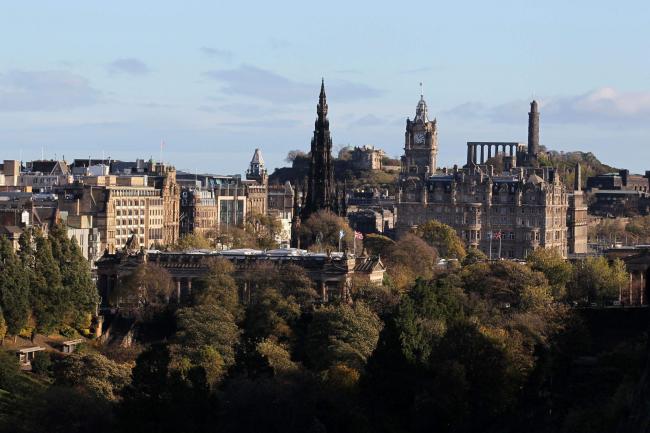
SCOTS fled the country’s largest cities for rural areas during the pandemic, a report has suggested.
City populations dropped as workplaces introduced flexible approaches to working from home which saw a reversal of long-term population trends in rural areas, according to a report from the National Records of Scotland (NRS).
The most popular relocations were from Glasgow, Edinburgh (below) and Aberdeen to neighbouring council areas. The data covered the year up to June 30 2021.

Esther Roughsedge, the head of population and migration statistics at the NRS, said: “As well as people moving long term out of cities and into the surrounding areas, there may have been students who have moved back to their parents’ addresses temporarily during the pandemic.
“Another factor could be people who had previously moved updating their address with a GP to make sure they received their Covid-19 vaccination letters.”
She added: “Future reports will tell us if the areas which have gained population sustain those levels in the years ahead.”
The report placed Scotland’s population at 5,479,900 at the end of June 2021, a jump of 13,900 people (a 0.25% increase) in the 12 months up to that date.
The report also suggested that deaths outstripped births in Scotland over the last seven years, with the latest year showing the biggest gap between the two on record.
Public Health Scotland found that most excess deaths during this period were caused by Covid-19 but that 18% resulted from reduced use of health services which were described as an “unintended consequence” of Covid restrictions.
NRS also found that the main driver behind Scotland’s population growth over the last year is migration, with more people moving to the country than leaving it over the last two decades.
In the five years leading up to the middle of 2019, 87,400 people moved to Scotland, including almost 40,000 from overseas.
NRS also precited that if current trends persist then the Scottish population will increase slightly to 5.48 million in 2028. It was also predicted that lower birth rates would precipitate a drop in the population to 5.39m by 2045.







